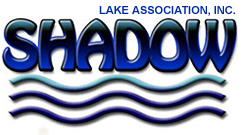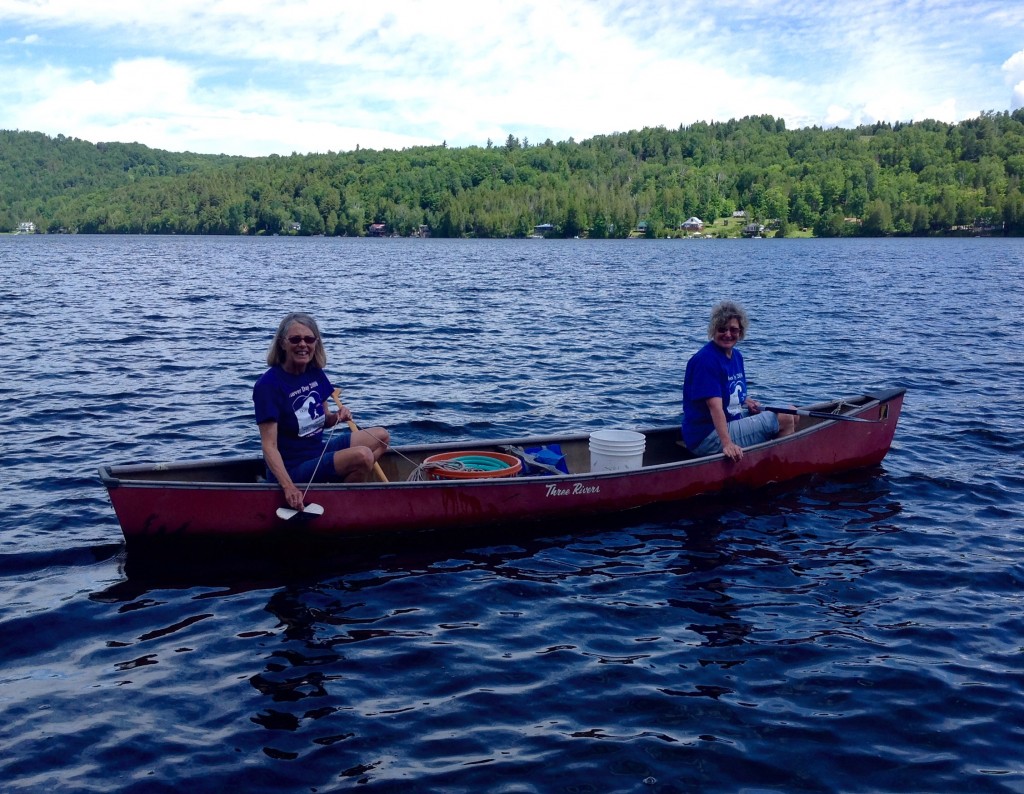Healthy Lakes Depend On Volunteers!
For over 40 years, Sara Gluckman was the Lay Monitor volunteer. Currently, Shari Walcott is our Lay Monitor volunteer.
Christine Cano and Jenifer Andrews are our Vermont Invasive Patrollers (VIPs). Our volunteers are providing ongoing water quality and aquatic invasive species (AIS) data for Shadow Lake. The two programs are implemented statewide by the Vermont Agency of Natural Resources, Department of Environmental Conservation.
Lay Monitoring information helps identify the changes in nutrient loading and alerts communities and lake residents to take corrective actions to prevent problems with their lake water quality.
Shadow Lake first collected and submitted data in 1979 when the Lay Monitor program began. Shari monitors lake clarity, chlorophyll levels, total phosphorus concentration and Secchi disk transparency. The water samples are collected and filtered, then sent to the State for processing and the data becomes record. Shari gives a report on how Shadow is fairing at our Association’s annual business meeting.
The Secchi readings are widely used as a basic water quality indicator, and can often be related to the nutrient enrichment of a lake or its trophic state. The Secchi disk reading is a measure of the clarity of lake water. The transparency of a lake’s water is directly related to the amount of materials suspended in the water. Particulate matter, such as algae or silt, limits light penetration and reduces the water’s clarity.
Secchi readings are measured using a Secchi disk, a metal disk painted with a graphic of two black and two white quadrants on the disk’s surface. The Secchi disk is mounted on a measured line and lowered slowly into the water and the lowest depth at which it is still visible is the Secchi transparency reading, this measurement is known as the Secchi depth. Measurements are read in meters (1 meter = 3.28 feet). The higher the Secchi depth, the better the transparency of the water.
This graph below shows the Secchi water clarity ‘long-term means’ for the inland lakes based on data recorded in Vermont over the last 30 years. Annual summer means are calculated from at least eight samples. Long-Term Means are based on averaging all the annual summer means.
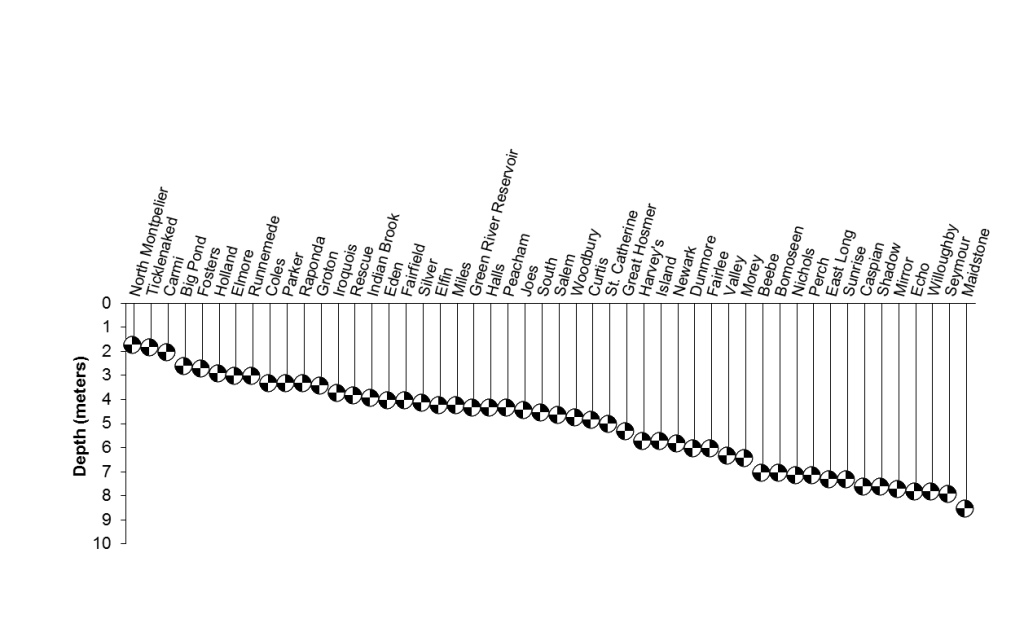

There are 54 lakes and 12 Lake Champlain stations that are involved in the VT Lay Monitoring program. In 2014, Vermont’s lakes with a median water clarity of 4.0 meters (13 feet), ranked fourth for water clarity among all 50 states.
To view the 2020 Secchi transparency summary sample data for Shadow Lake:
Secchi transparency charts
For more information on Lay Monitoring see: Vermont Watershed Management Lakes and Ponds and yearly results of this testing are provided in Annual Reports on the Lay Monitoring Program webpage.
Vermont Lake Score Card for Shadow Lake
2022 Shadow Lake (Glover) LMP and LPP Results
2019 Shadow Lake Plant Survey Results


The Vermont Invasive Patrollers (VIP) is a network of citizen volunteers who opt to become ‘VIPs’, by participating in state run workshops to learn how to identify and survey for aquatic invasive species that pose the greatest threat to our Vermont lakes and agree to monitor a water body they frequent or care about for the early detection of aquatic invasive species. Volunteers physically inspect the shoreline at least once in the summer by snorkeling, wading, or utilizing small watercraft. The survey data is collected and submitted annually to the state’s Lakes Program.
Already working since 2011 to monitor Shadow for Eurasian watermilfoil, Christine Cano, has snorkeled the entire Shadow Lake shoreline. She received VIP training in 2014 and has expanded her Milfoil surveying to also search for any new introductions of aquatic invasives species to help safe guard the lake. Early detection of invasive species infestations provides the best opportunity for successful management and control.
In 2017, Jenifer Andrews, also completed ANR training to became Shadow Lake’s 2nd VIP!
“I have lived by the water during the summers since a small child. I treasure the sense of serenity it brings as well as fond family memories. Protecting the water comes with the responsibility of its use. As a retired teacher, one small way I can do my part is to be educated and educate in regards to aquatic species. Helping to identify both healthy and invasive species allows me to fulfill my responsibility to care for our waters until the next generation continues the effort. TRANSPORT NO PLANT – WASH ALL BOATS – CLEAN, DRAIN, DRY.” ~ Jen
In 2014, 50 VIP volunteers conducted over 215 hours collectively in their surveying efforts of 17 VT lakes.
The Vermont Department of Environmental Conservation VIP training workshops are offered free of charge to participants in June and early July, complete with hands-on displays of various plant and preserved animal specimens of AIS. VIPs learn how to identify these invasive plants and animals of concern, both established in Vermont and those to watch out for already established in neighboring states and Canadian provinces.
Below are photos, taken by Christine, while attending the June 2016 VIP training workshop in Newport, VT.
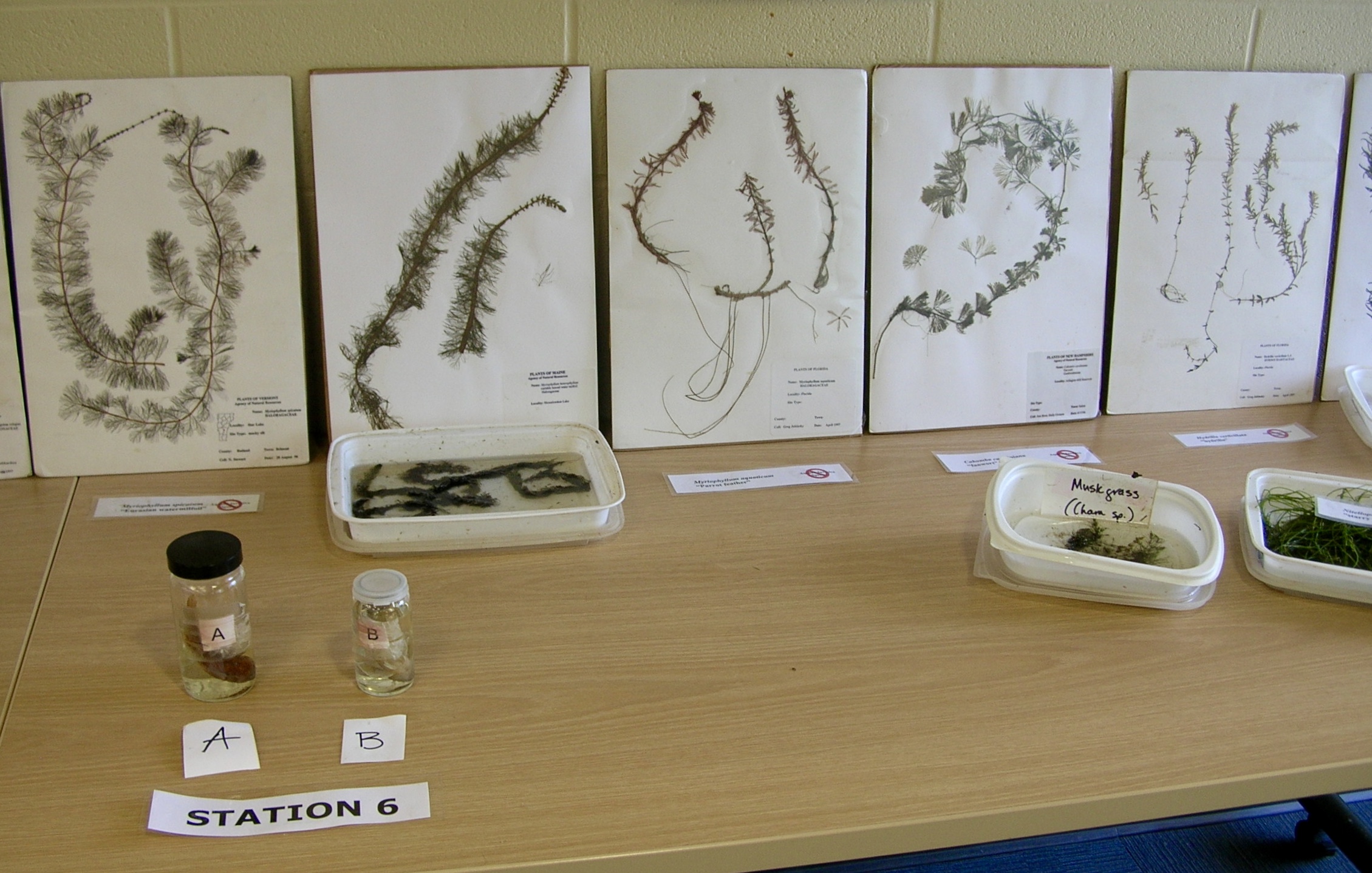

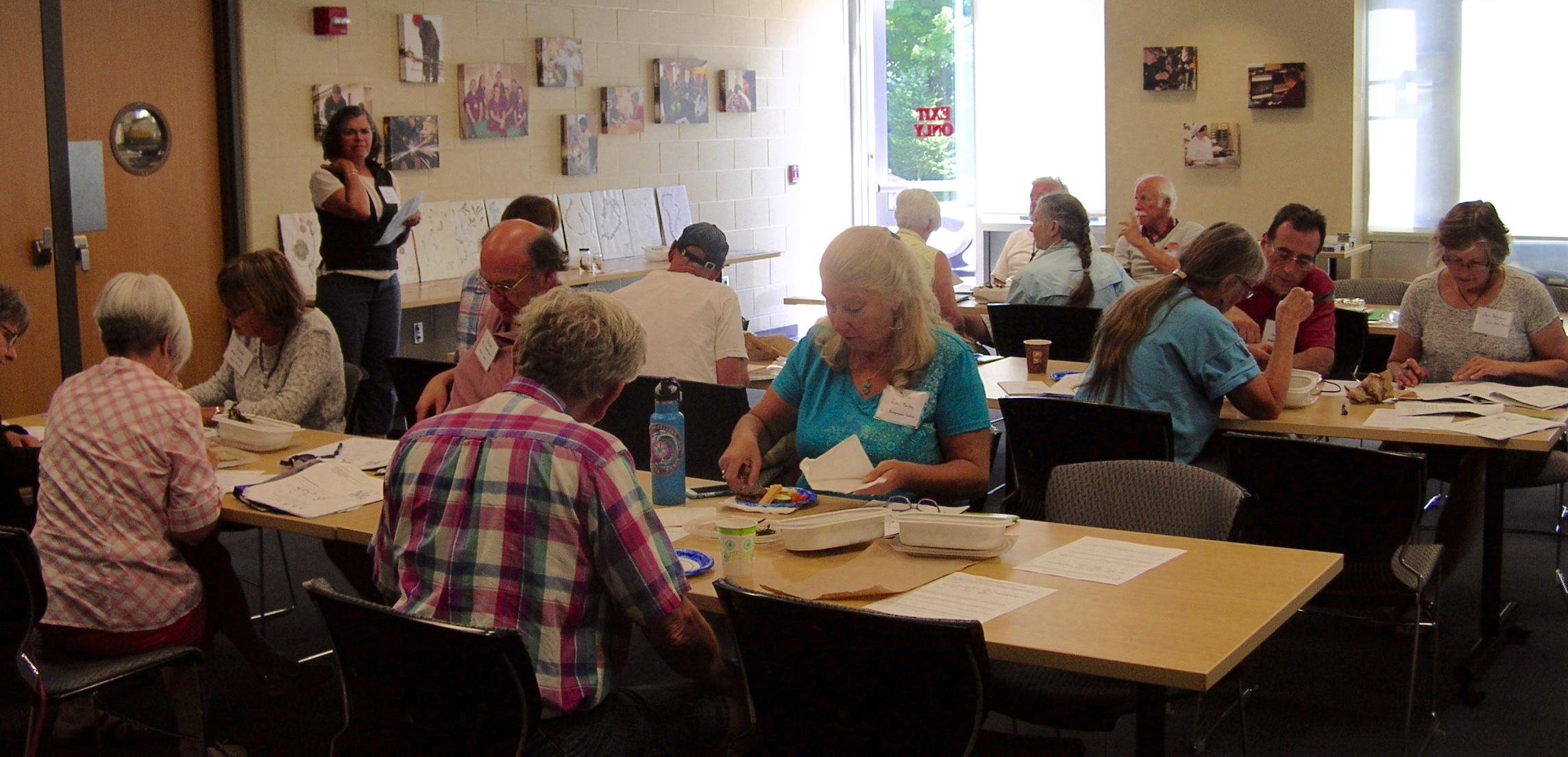

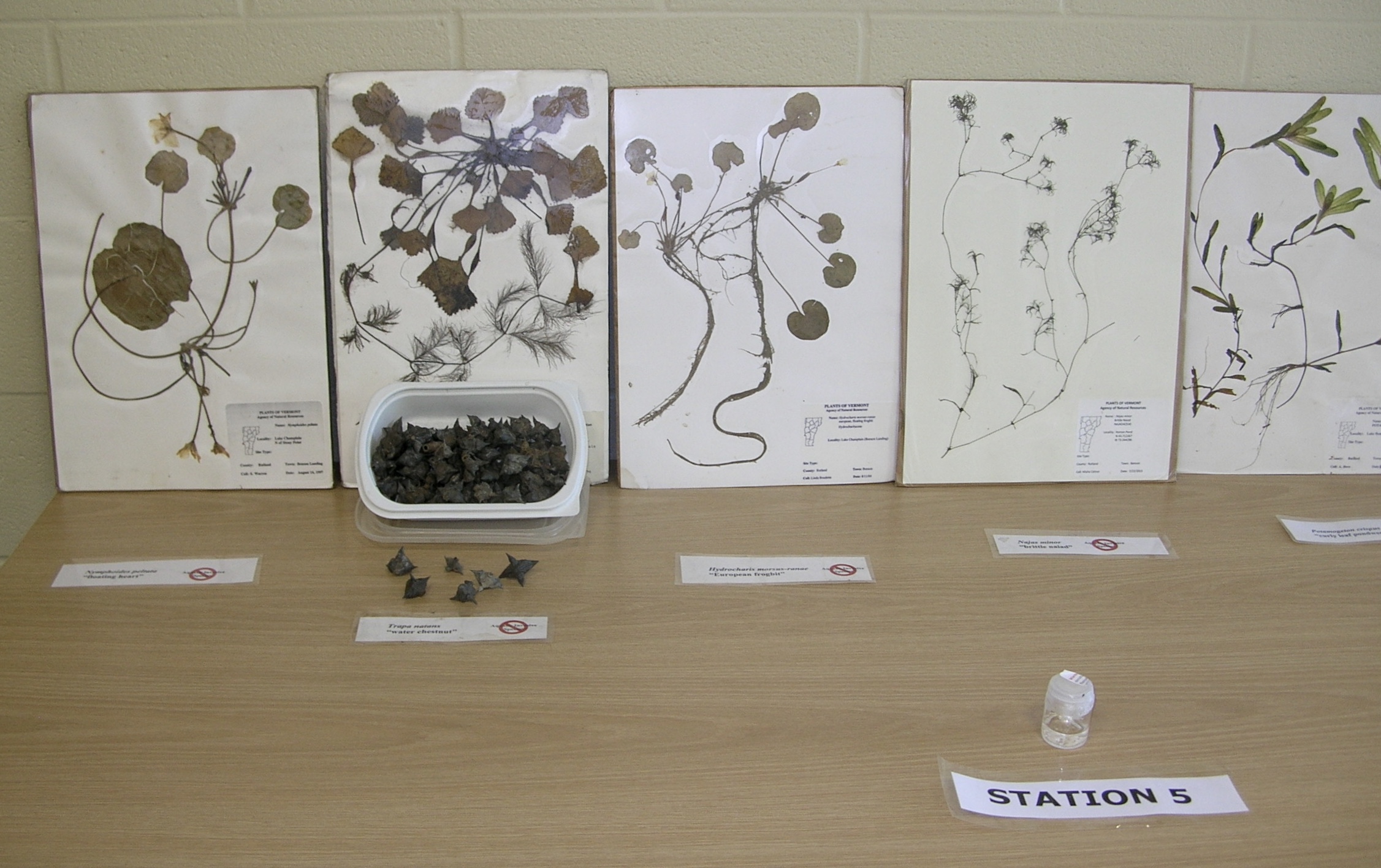

See: A Quick Identification Sheet of Vermont Native vs. Invasive Aquatic Plants
For more information and if you would like training to become a VIP see: Vermont Invasive Patrollers
LaRosa Volunteer’s
The LaRosa program volunteers for Shadow Lake monitor 3 tributaries and 4 culverts that bring water into Shadow lake. 8-10 samples are taken from April through August. The water is tested by the state labs for phosphorus and nitrogen to check on the levels of these chemicals. Our goal is to keep Shadow Lake as pristine as it is now and into the future.
